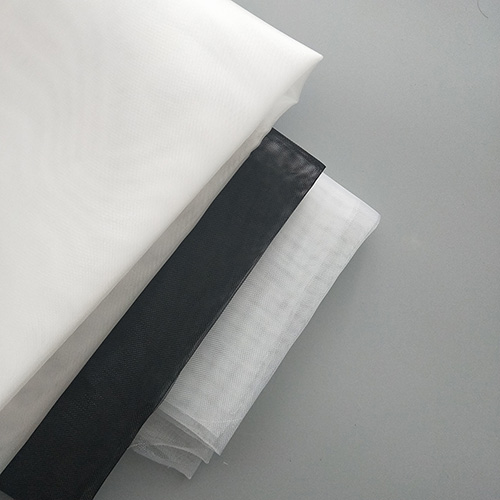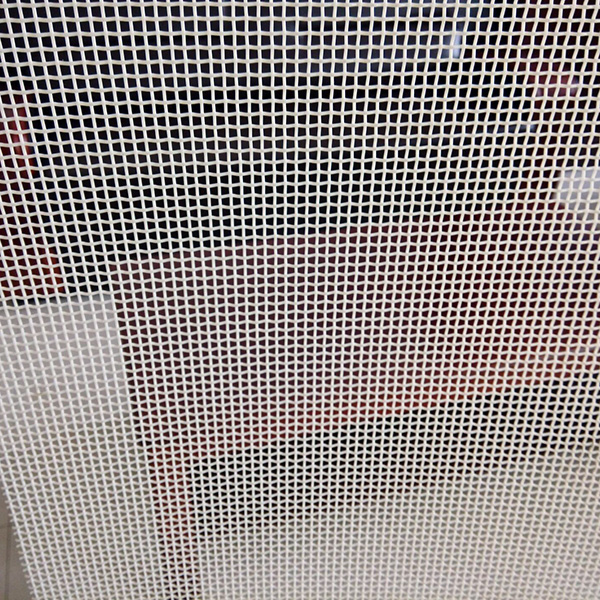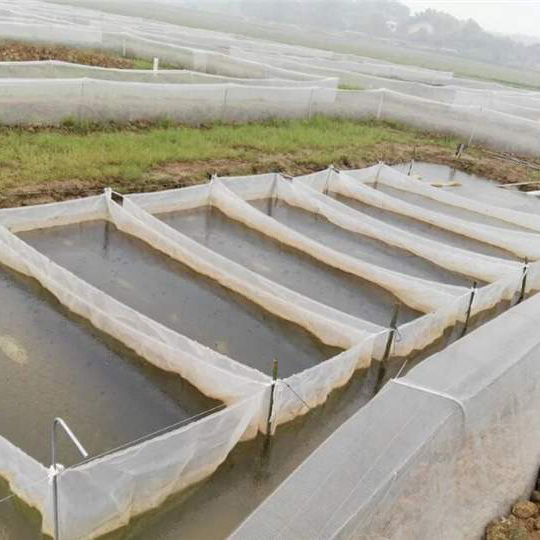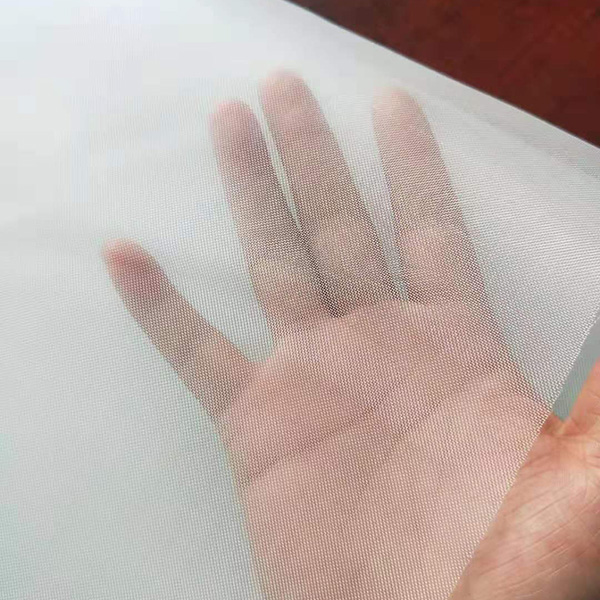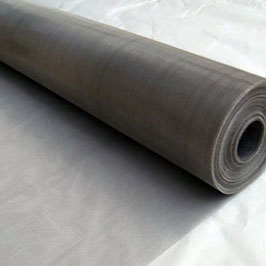Talking about the Key Points of Choosing Flour Screen
Fiber sieve, also known as silk sieve (hereinafter referred to as screen), has always been an important auxiliary material for flour mills. Although the proportion of investment in the whole flour mill is very small, it plays a key role, because the flour is finally screened out through it:
1. Size of sieve opening: It can be seen from the above that, due to the existence of a variety of representations, it is better to choose according to the actual size.
2. Wear resistance: To a large extent, the service life of screen mesh is determined. Among all the materials currently used, nylon has the best wear resistance, polyester is only 70%, silk is the worst. For the screen mesh of the same material, the thicker the diameter, the better the wear resistance.
3. Elongation: Seen from Table 1, silk screen is obviously lower than polyester and nylon net, but now, most polyester and nylon net should be heat-set after weaving, so as to prevent mesh deformation as far as possible. So it is similar to the effect of silk screen.
4. Antistatic property: Antistatic treatment is required for all flour sieve meshes. This is because the contact and friction between fibers and fibers, fibers and materials will cause the transfer of electric charges between the fibers surface, resulting in electrostatic phenomenon. Moreover, because of the finer particle size of flour, it is easy to be attracted by electric charges, resulting in difficulties in sieving, or even pasting the mesh.
Generally speaking, the specific resistance of fibers can be used to express the antistatic characteristics of fibers. There are three ways to express the specific resistance of fibers. The most commonly used one is the mass specific resistance (Rs), which is the ohmic value of a uniform sample when it is 1 cm long and 1 g heavy). It is generally considered that the value is less than 109_/cm.g, and the antistatic effect is good. Polyester and nylon should be treated by antistatic treatment. Generally, there are several methods as follows:
A. Surface treatment: generally treated with antistatic agents;
B. Polymerization: When synthesizing fibers, hydrophilic polymers or conductive low molecular polymers are added.
C. Conductive fibers: such as carbon in the center of the monofilament or carbon in the whole monofilament;
D. Using high-energy radiation, such as gamma radiation or electron beam radiation, the fabric can denaturate, improve hygroscopicity and increase antistatic effect.
From the above introduction, we can see that the latter three methods are actually anti-static treatment of materials, which is permanent. The first method belongs to surface anti-static treatment. However, at present, the anti-static treatment technology of screen mesh has not been introduced in detail as a technical secret by the screen manufacturers. Therefore, it has become an important index to judge the quality of screen.
5. Width: With the development of milling technology and grain machine technology, especially the emergence of eight-roll mill and high-yield square screen, conditions have been created for the improvement of milling efficiency and productivity. Therefore, with this development direction, the sieve is developing along the standard, expanded and super-large direction. The width of imported sieve is also 1.05 meters, 1.36 meters and 1.58 meters (the width of domestic sieve is 1.36-1.58 meters). We must select the appropriate width according to the sieve standards used by various factories.
6. Effective sieving area: refers to the percentage of the opening area of the sieve hole in the unit sieve mesh. It is noteworthy that when the sieve opening size is determined, this value is actually related to the size of silk diameter and braiding mode.



